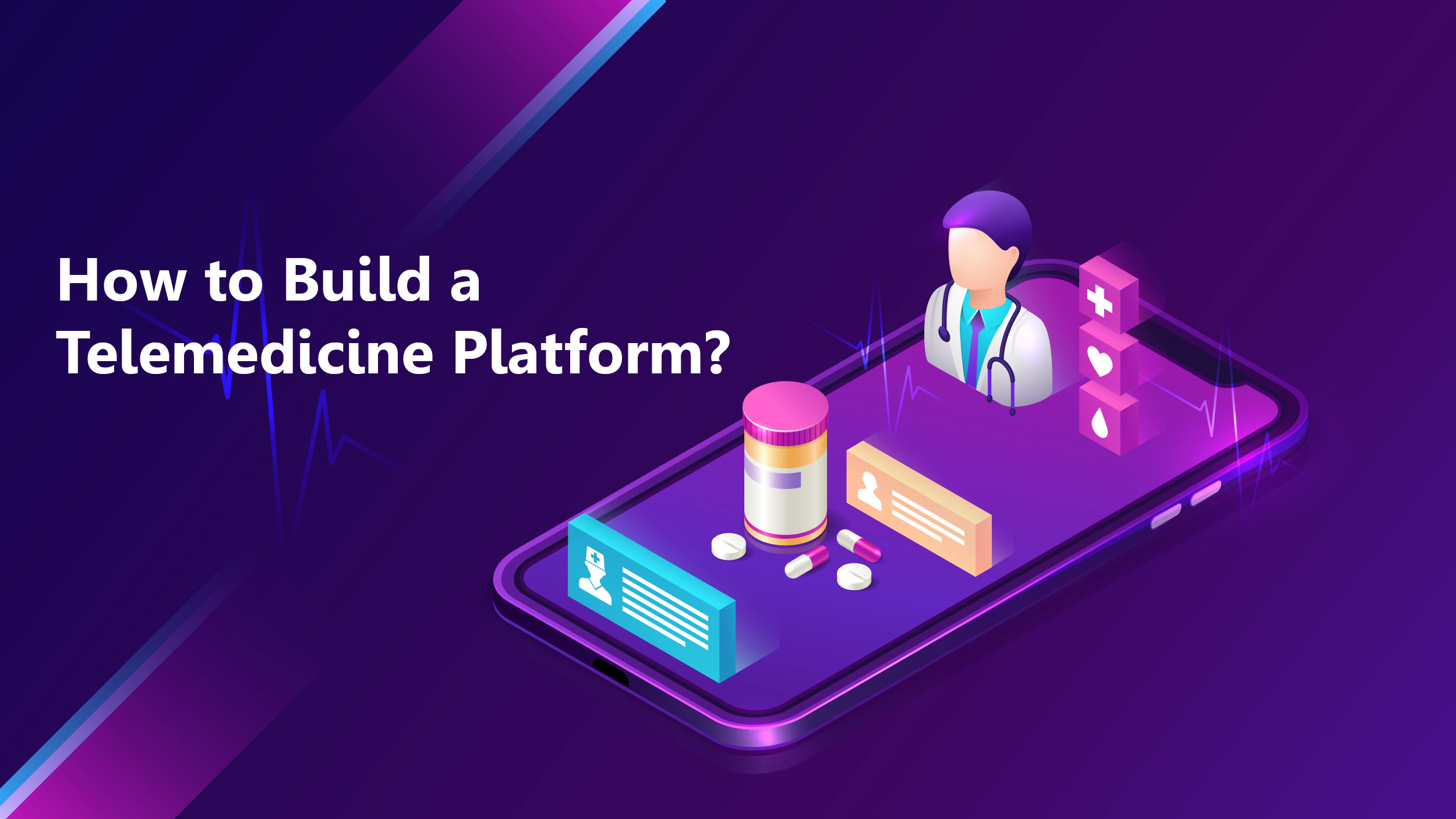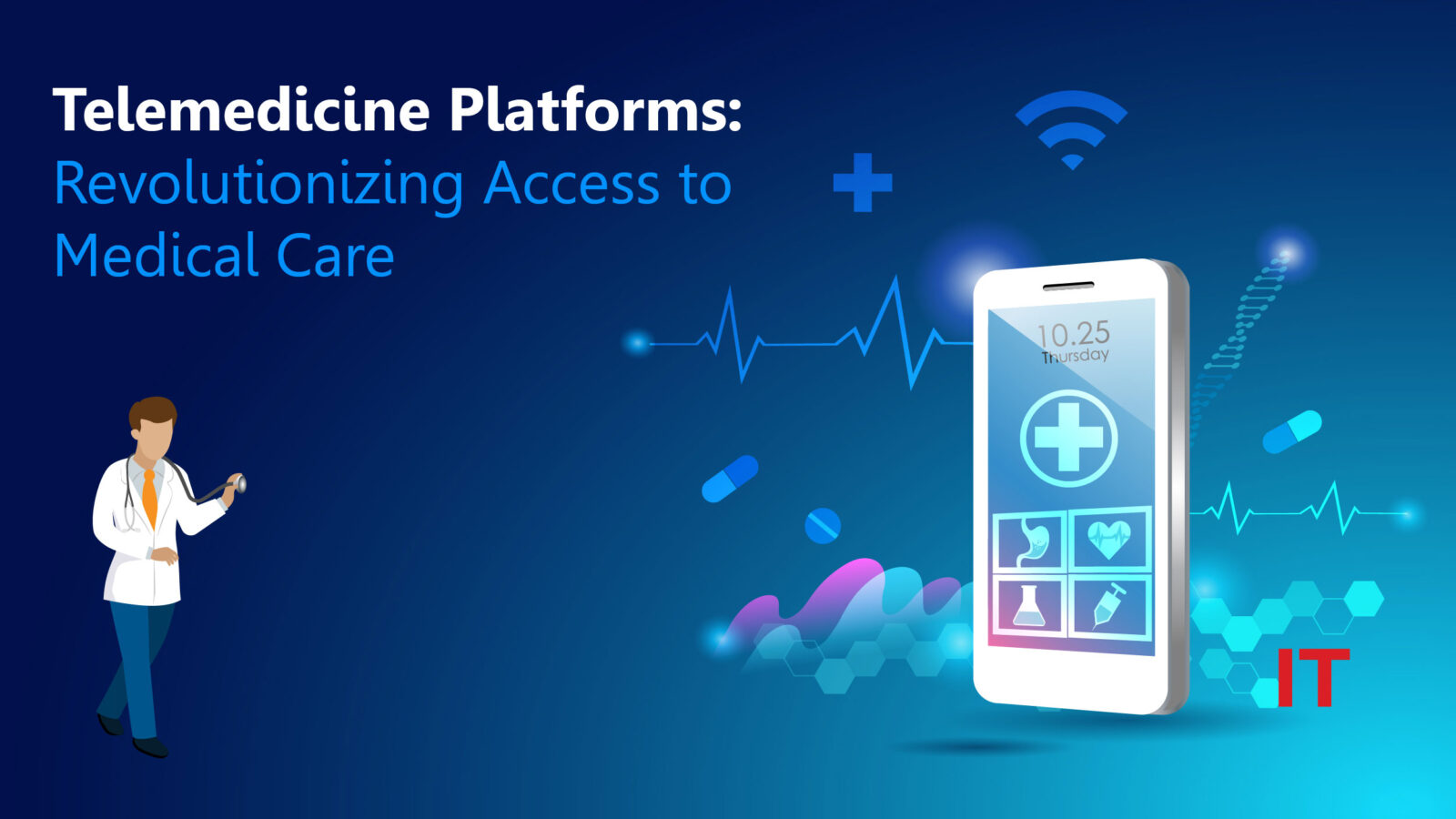In today’s world, having access to high-quality healthcare can be a hard task. Geographical obstacles, availability constraints, and lengthy wait times might prevent people from getting the care they require when they need it. In light of these challenges, the telemedicine platform—a remedy made possible by technological advancements—has surfaced.
A telemedicine platform is a digital infrastructure that allows medical professionals to treat patients remotely even when they are not in the same physical place. It transforms the healthcare delivery landscape by providing a practical and convenient alternative to traditional in-person appointments. Let’s dive in and explore all the details.
What is a Telemedicine Platform?
A telemedicine platform serves as a technological infrastructure facilitating the delivery of remote medical care. Comprising software systems, these platforms empower healthcare providers to administer services to patients regardless of their physical location. Emphasizing security and compliance with healthcare regulations like HIPAA (Health Insurance Portability and Accountability Act), these platforms prioritize privacy.
With their many capabilities, these platforms aim to improve remote medical treatment. Patients can use them to schedule appointments, engage in video or audio calls with healthcare professionals, share medical records and test results, obtain prescriptions, and access follow-up care. The overarching goal is to offer convenient and accessible healthcare services, particularly catering to individuals facing challenges in accessing traditional, in-person healthcare.
Prominent examples of telemedicine software platforms include Doxy.me, American Well, and eVisit. These platforms prioritize user-friendly interfaces, security measures, and adherence to healthcare regulations. Among the best telemedicine platforms is Teladoc, which offers users a user-friendly interface, data security safeguards, and access to reliable physicians. Additionally, they may provide specialized features tailored to the requirements of healthcare providers and clinics, such as clinic-optimized workflows and robust enterprise-grade security.
How to Build a Telemedicine Platform?
 Creating a telemedicine platform involves careful planning and consideration of various factors. Here’s a simplified guide to help you through the process:
Creating a telemedicine platform involves careful planning and consideration of various factors. Here’s a simplified guide to help you through the process:
- Idea and Research: Start by exploring your concept and doing thorough research. Understand the market, check out the competition, and define what makes your platform unique.
- Business Analysis: Examine your objectives carefully. Decide who your target market is and what essential features your platform needs.
- Design: Provide a layout that is easy to utilize. Consider the interactions that patients and healthcare practitioners will have with the platform.
- Software Development: Use your preferred programming language to build the platform. Develop core features like appointment scheduling, video conferencing, secure messaging, electronic health records, and payment integration.
- Quality Assurance: Test the platform rigorously to ensure smooth functionality, security, and a good user experience. Resolve any problems or defects that surface during testing.
- Deployment and Support: Once your platform is developed and tested, launch it. Provide ongoing support and maintenance to handle technical issues, update features, and keep the platform secure.
Building a telemedicine platform requires a skilled team, including iOS and/or Android developers, back-end developers, and quality assurance engineers. Compliance with regulations like HIPAA is crucial to safeguard patient data. Furthermore, meticulous planning and adherence to industry standards are essential to construct a robust platform that revolutionizes healthcare delivery.
What are the Benefits of a Telemedicine Platform?
 Telemedicine has become increasingly popular in healthcare due to its various benefits. These include:
Telemedicine has become increasingly popular in healthcare due to its various benefits. These include:
- Convenience and Accessibility: Patients can easily connect with healthcare providers from the comfort of their homes, providing convenience for those with limited mobility, residing in remote areas, or managing busy schedules. The majority of patients prefer to use telemedicine for handling their prescriptions (61%) and receiving treatment for minor ailments (51%).
- Extended Reach: Geographical barriers are eliminated, granting healthcare access to individuals in rural or underserved areas who may face challenges accessing healthcare facilities or specialists.
- Time and Cost Savings: Telemedicine reduces the need for travel, saving patients both time and money. It eliminates transportation costs and minimizes waiting times, making healthcare more efficient and cost-effective.
- Improved Patient Engagement: These platforms empower patients through secure messaging, video consultations, and remote monitoring. Boosting patient engagement involves actively participating in healthcare, providing prompt assistance, and maintaining transparent communication with clinicians. Virtual mental healthcare is deemed satisfactory by 96% of patients in telepsychiatry.
- Continuity of Care: Healthcare providers can remotely monitor and manage chronic conditions, follow up on treatment plans, and offer ongoing support, ensuring seamless continuity of care. This approach often leads to better health outcomes and increased patient satisfaction.
- Reduced Risk of Infections: Especially valuable during pandemics or outbreaks, telemedicine minimizes exposure to contagious diseases. By avoiding physical visits to healthcare facilities, patients can obtain medical advice, consultations, and follow-ups, thereby reducing the transmission of infections.
- Enhanced Collaboration: These systems make it easier for medical practitioners to work together. Efficient and effective healthcare delivery is bolstered by coordinated treatment, expert consultations, and the seamless exchange of patient information.
Despite the benefits that telemedicine provides, there are several obstacles that must be addressed, including security risks, privacy concerns, the lack of sufficient evidence to show efficacy, and the requirement for suitable regulation. Nevertheless, as technology advances and healthcare systems evolve, telemedicine is poised to play an increasingly significant role in improving access to quality healthcare worldwide.
In a Nutshell
Telemedicine platforms have revolutionized healthcare by offering convenience, accessibility, and improved patient engagement. They eliminate geographical barriers, reduce time and cost burdens, and facilitate continuous monitoring of chronic conditions. Despite challenges like privacy and regulatory considerations, telemedicine continues to play a vital role in providing accessible, high-quality healthcare worldwide.

































